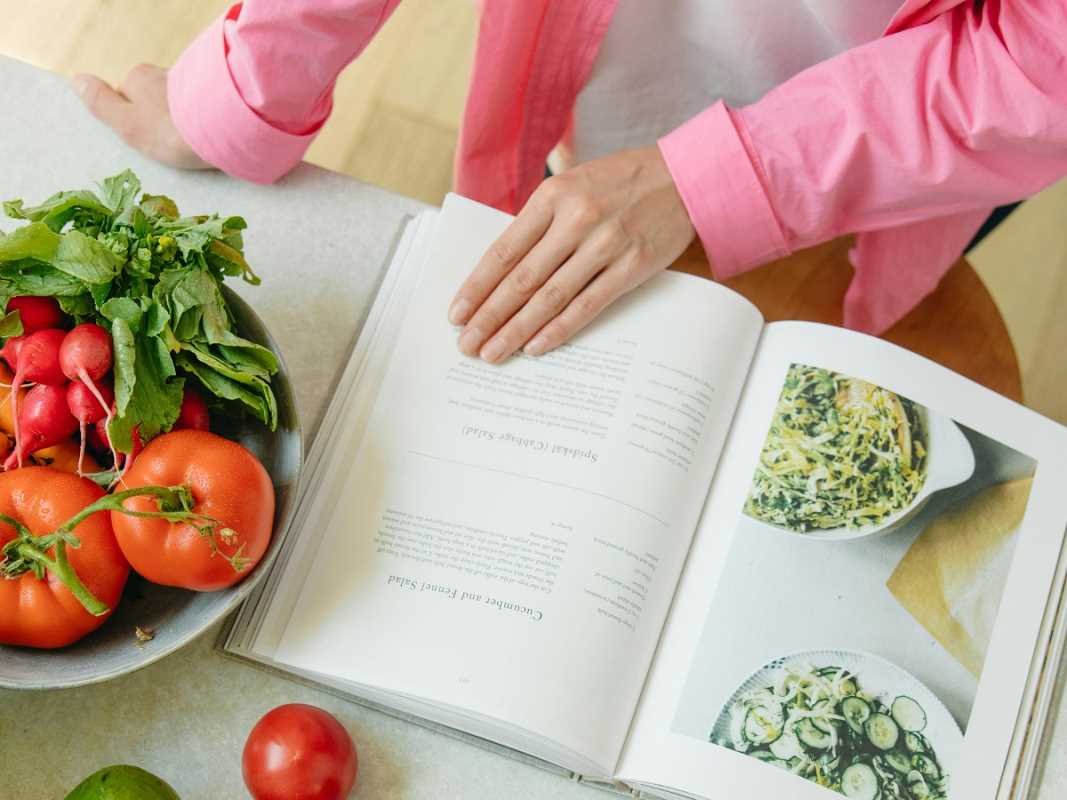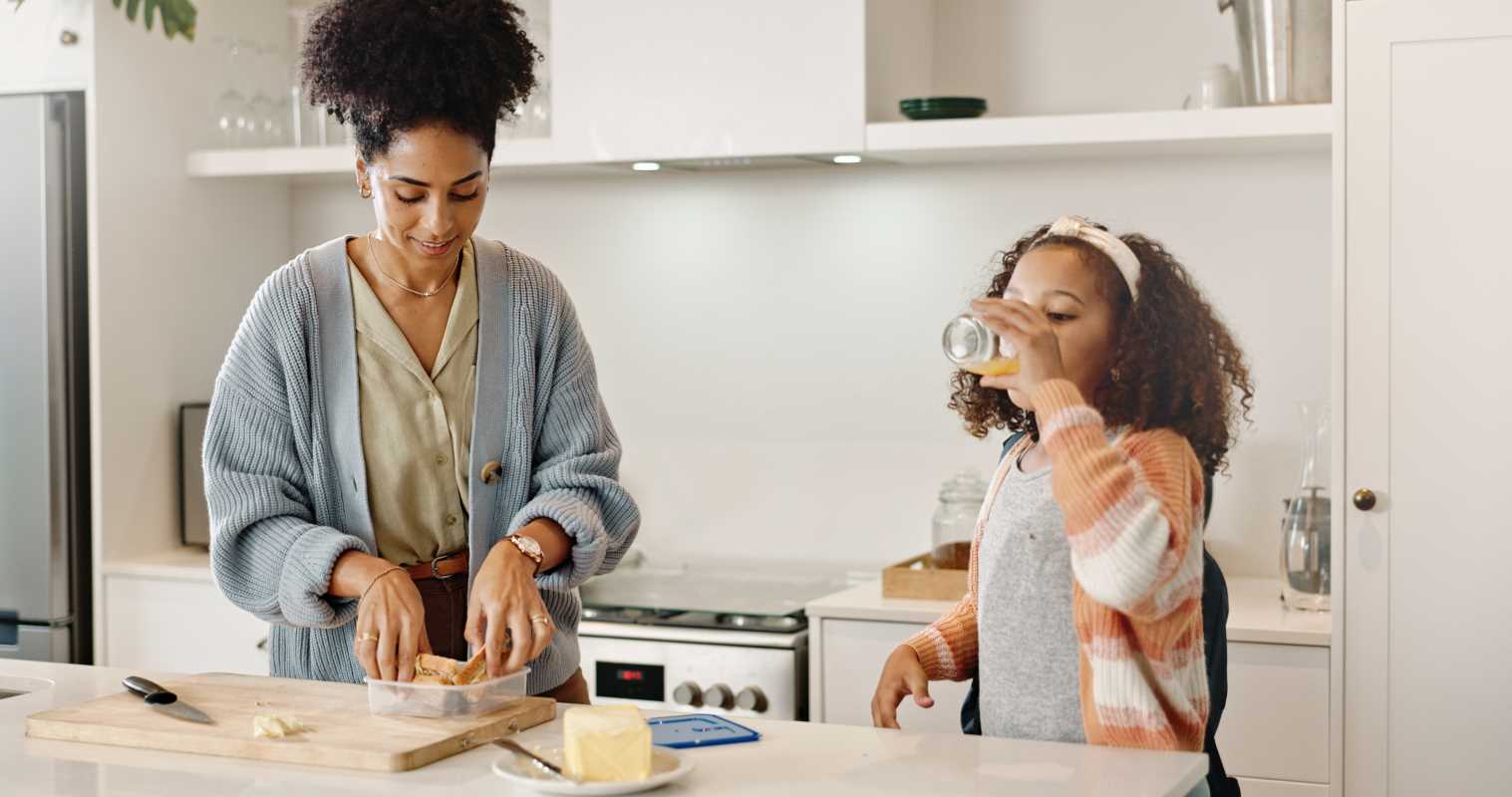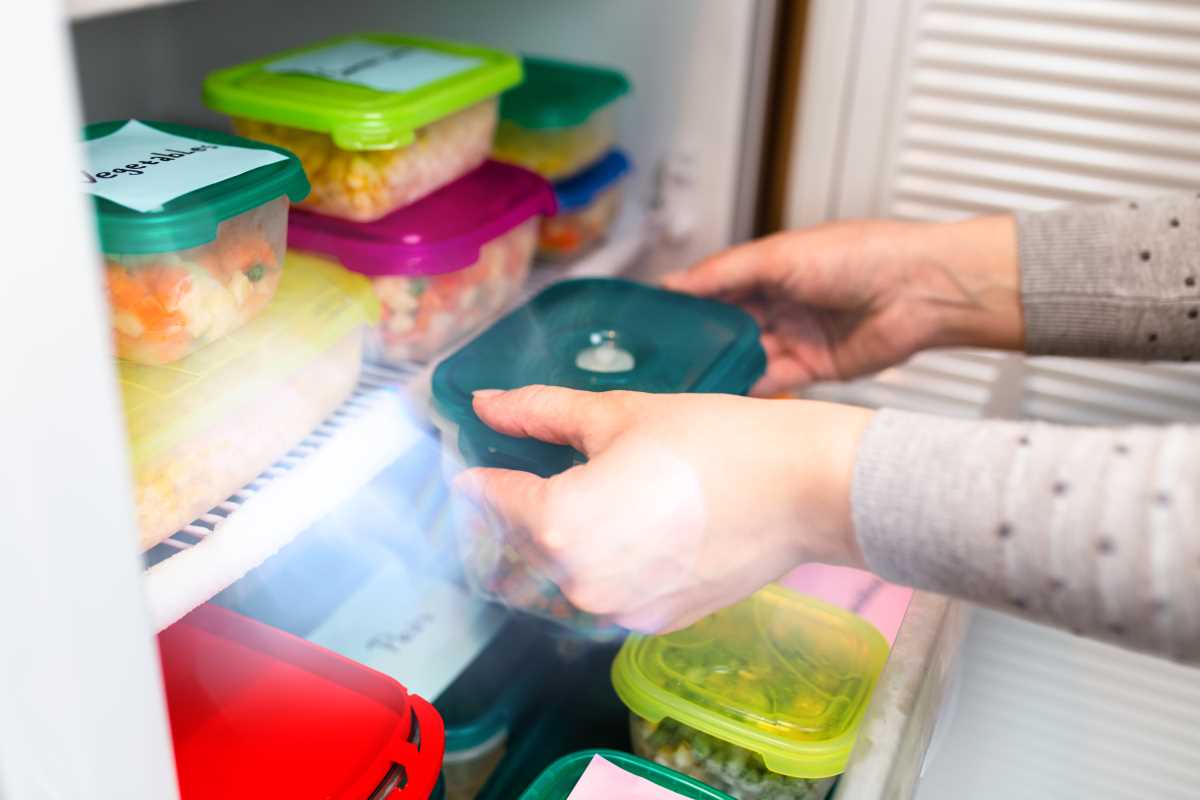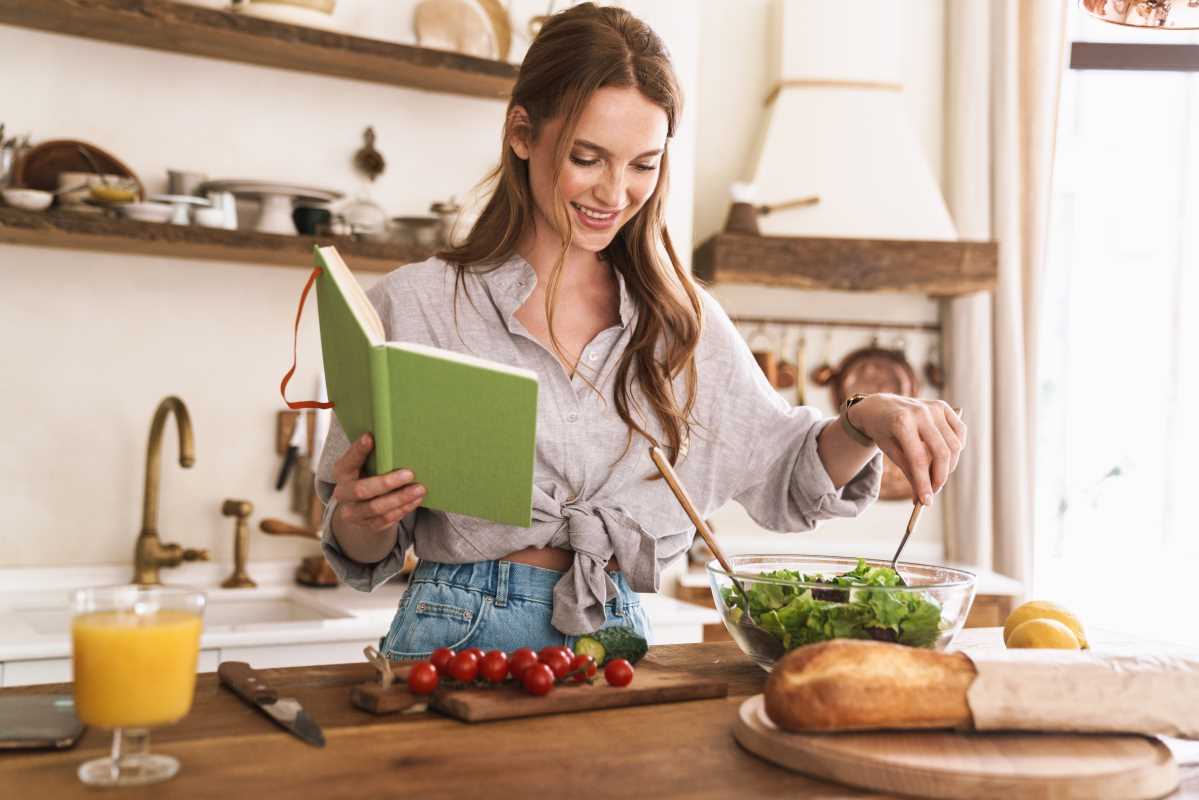Young children love getting involved in the kitchen, where snack time becomes an exciting adventure filled with hands-on learning. As they mix ingredients, measure portions, and feel different textures, they build confidence and pick up important skills along the way. Simple kitchen activities encourage curiosity and help children understand new ideas through play. Spending this time together not only makes learning feel fun but also deepens your connection with each other, creating special memories while laying the foundation for healthy habits and early development.
1. Create a Safe and Engaging Kitchen Space
Design a toddler-friendly zone to make cooking time feel special and keep mess confined. Select a low-height table or secure a sturdy step stool so small hands can reach countertops comfortably. Keep sharp tools and hot surfaces out of children’s reach, while placing colorful bowls, plastic utensils, and aprons within easy access.
Organize the space using simple tools that children can handle themselves. Offer:
- Plastic mixing bowls in various sizes
- Child-safe knives and spreaders with rounded edges
- Measuring cups and spoons that fit little hands
- A washable mat or tray to catch spills
This setup transforms the kitchen into an exciting station where children feel ownership and explore without fear.
2. Select Simple, Hands-On Recipes
Pick recipes that allow toddlers to scoop, pour, and stir. Keep ingredient lists short and steps clear so young chefs can follow along easily. Start with no-cook ideas like fruit parfaits or snack mix, then move on to assembly tasks like mini sandwiches or pizza faces.
Here’s a quick list to try:
- Yogurt and berry parfait: layer yogurt, fruit, and granola
- Veggie roll-ups: spread hummus and roll with tortilla
- Fruit kabobs: thread berries and melon onto blunt skewers
- Mini tortilla pizzas: top rounds with sauce and shredded cheese
- Trail mix creation: mix nuts, seeds, and dried fruits
Numbered steps help children track progress and feel proud when they complete each task.
3. Turn Measurements into Basic Math Lessons
Stirring up a quick pancake batter becomes a lesson in fractions and counting. As children scoop ingredients, ask questions like "How many scoops make a cup?" and "What happens if we add half as much flour?" This hands-on approach helps children develop basic math skills without flashcards or worksheets.
4. Explore Colors and Textures Together
Bright fruits and vegetables provide vivid conversation starters. Ask children to compare a smooth banana to a bumpy strawberry or sort veggies by color on the cutting board. Encourage them to name hues aloud: "What shade of red do you see?" and "Which green looks the brightest?"
Touch helps toddlers understand differences. Whether it’s squishing dough or feeling the slimy inside of a bell pepper, these moments build sensory awareness. Create a simple tasting station with small samples of soft, crunchy, sweet, and bitter flavors to broaden their palate and vocabulary.
5. Use Storytelling to Explain Processes
Turn recipe steps into a story that brings ingredients to life. For example, introduce carrots as “orange soldiers” marching into the salad bowl or describe milk as “white clouds” that join the cereal. This playful language sparks imagination and helps children remember sequences.
Ask children to narrate each step: "First, our orange soldiers jump into the bowl. Next, the clouds float on top." When children tell the story, they reinforce memory and communication skills. You can also ask questions that prompt creative thinking: "What other superheroes could join our snack?"
6. Celebrate Every Creation
Praise effort over perfection by highlighting small successes. Say, "Great job pouring the milk!" or "I love how you mixed those colors." Take photos of their masterpieces and display them on the fridge or in a scrapbook. This visible recognition fuels enthusiasm for future projects.
Turn taste-testing into an event. Let children rate flavors on a simple chart—happy face, neutral face, or frown—so they practice expressing preferences. Celebrate with a special dance or a sticker for each dish they help create. This ritual makes them feel proud and eager to join again.
These activities make kitchen time a fun way for toddlers to learn math, colors, language, and teamwork. Embrace the spills and giggles, as they show that learning happens through hands-on experience.
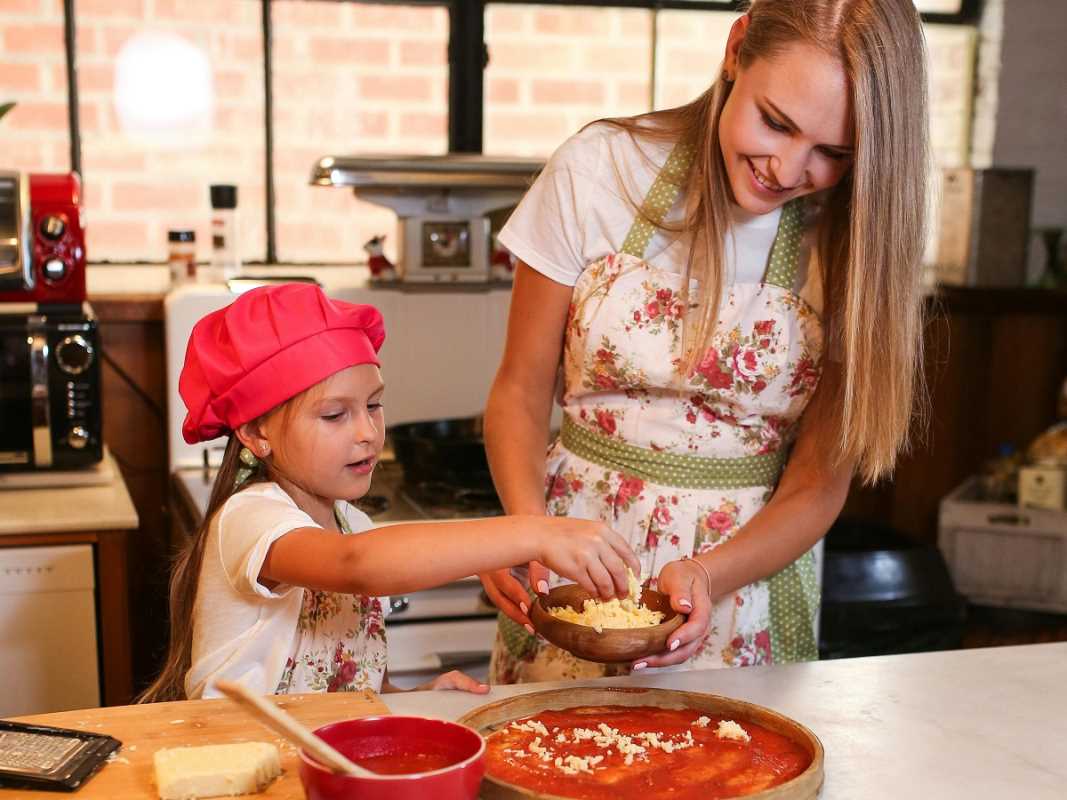 (Image via
(Image via

